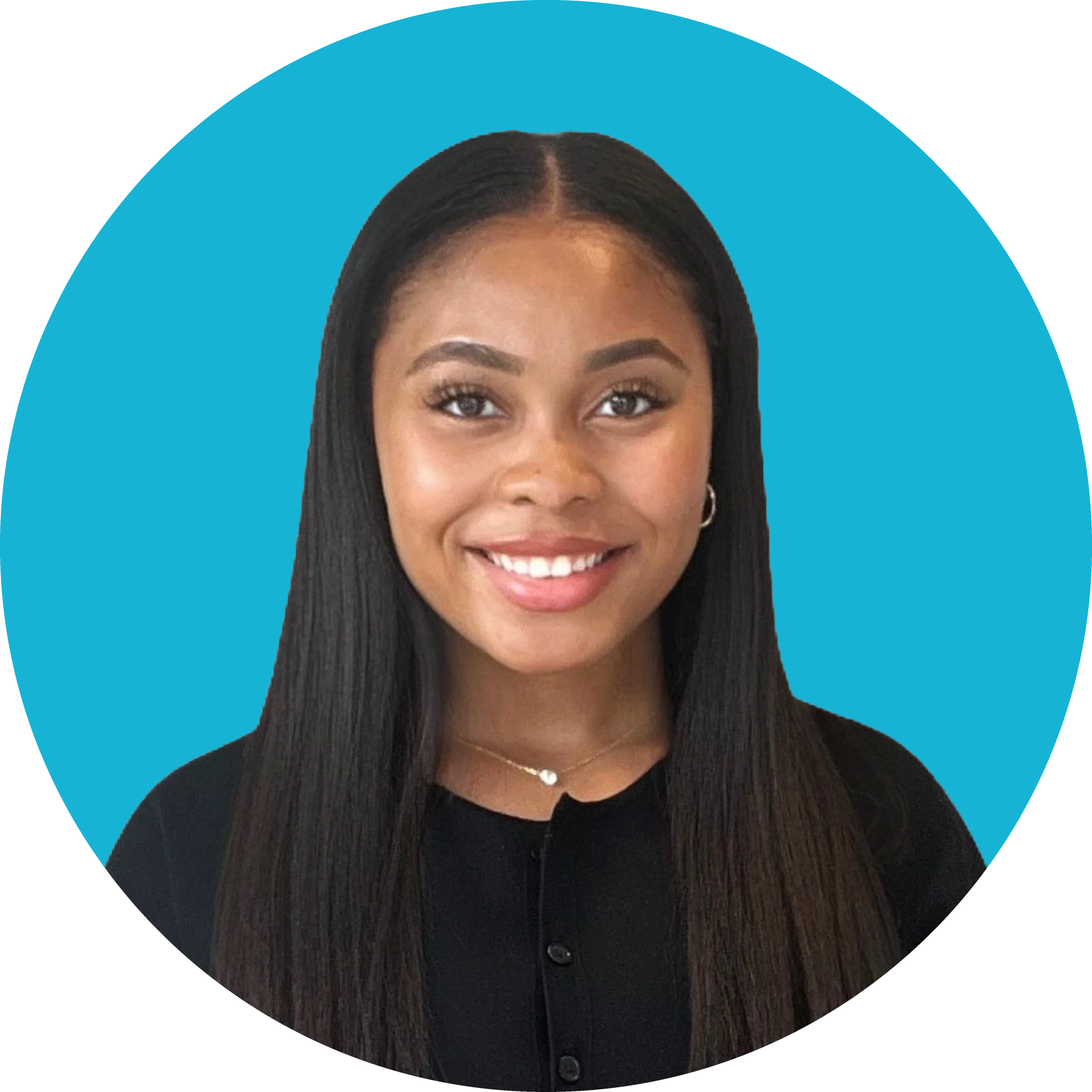If there’s one thing, I’ve learned from building weekly marketing reports for senior living communities, it’s this: you can’t afford to guess your way to good leads. It’s not like eComm or fast-paced SaaS—this audience is unique, and so is the decision-making process behind moving into a senior living community.
You’re not just selling a service; you’re helping families make a major life choice. That means your marketing must be sharp, intentional, and backed by real data.
Every week, I’m knee-deep in campaign dashboards—Google Ads, GA4, Facebook Ads, HubSpot—piecing together what’s working and what’s not. And honestly? The numbers don’t lie. When you know how to read the story your data is telling, you can stop spinning your wheels and start generating leads that actually convert.
In this post, I’ll break down how to use performance data across key platforms to boost your lead gen game—without wasting ad dollars or guessing what your audience wants.
The Power of Data-Driven Marketing
Let’s be real—gut instinct has its place, but it’s not a strategy. Especially not in senior living marketing, where every click, every impression, and every form submission could be someone’s next chapter. You can’t just throw creative into the void and hope it lands. You need to know what’s working—and more importantly, why it’s working.
That’s where data-driven marketing comes in. With the right data, you’re not just reacting—you’re optimizing. You’re building a lead gen engine that gets more efficient over time, because every campaign teaches you something. And honestly, that’s where the magic happens.
What Performance Reporting Looks Like in Real Life
We manage marketing for two senior living clients and each one uses data a little differently based on their goals. That’s the beauty of performance reporting—it’s not one-size-fits-all. The insights we pull guide real decisions tailored to each community’s needs.
HubSpot: Lead & Lifecycle Tracking for One Community
One of the clients we work with uses HubSpot as their central hub for tracking leads, conversions, content downloads, and email marketing performance. We monitor this data monthly and benchmark it year-over-year to spot trends and shifts in behavior—like when lead volume spikes or when engagement with content drops off.
They also rely heavily on email nurturing, so we keep a close eye on open and click-through rates, adjusting subject lines and messaging based on what’s resonating. That ongoing optimization helps keep leads moving down the funnel instead of stalling out.
GA4: Turning Search Data into Strategy
We use GA4 across clients to track top-performing keywords and understand what visitors are searching for before they convert. This isn’t just about traffic—it’s about intent. We take the keywords that convert best and repurpose that language in Google Ads copy to keep messaging consistent and high performing.
For instance, when we saw that search including “assisted living with memory care” had a high conversion rate, we brought that exact phrasing into ad headlines. We tracked the results down to the cost-per-conversion level to make sure the changes were driving ROI.
Meta Ads Manager: Retargeting That Connects
On Facebook and Instagram, both communities run retargeting campaigns—and that’s where Meta Ads Manager comes in. We track ad engagement, lead form submissions, and how each creative performs across different audiences.
Through testing, we discovered that food-focused imagery and messaging drove stronger results for one community—think images of delicious food and chef spotlights—while lifestyle-centered ads (community events or active residents) performed better in other campaigns. It’s not just about impressions—it’s about using the data to align the creative with what actually drives action.
Tying It All Together with Reporting
Data is great—but without structure, it’s chaos. That’s where reporting comes in. Weekly and monthly reports are how we bring everything together across platforms, so we can actually do something with all those numbers.
We use tools like Looker Studio, Power BI, and Tableau to build dashboards that track the full funnel—from ad impressions to form submissions – so we can see what’s working in real time and what’s falling flat. Tools like Supermetrics can make automating data pulls from platforms like Google Ads, Facebook, and HubSpot, easier so we’re not manually stitching together 15 spreadsheets every week.
Monthly reporting lets us zoom out and spot patterns. If Facebook leads dropped this month, was it a creative issue? A targeting shift? Seasonality? Because we’ve got year-over-year data visualized, we’re not guessing—we’re responding.
Honestly, reporting is what turns scattered campaign data into a real strategy. It’s how we cut waste, double down on what works, and keep clients focused on what actually drives results.
Wrapping It Up
At the end of the day, data isn’t just there to make dashboards look pretty—it’s there to drive smarter decisions. When you build a reporting system that actually reflects what matters—lead quality, cost-efficiency, conversion trends—you stop guessing and start growing. For senior living communities, that means attracting the right residents, not just more clicks.
Data doesn’t replace good marketing—it makes it sharper. And when you’re dealing with decisions this personal, that clarity makes all the difference.


